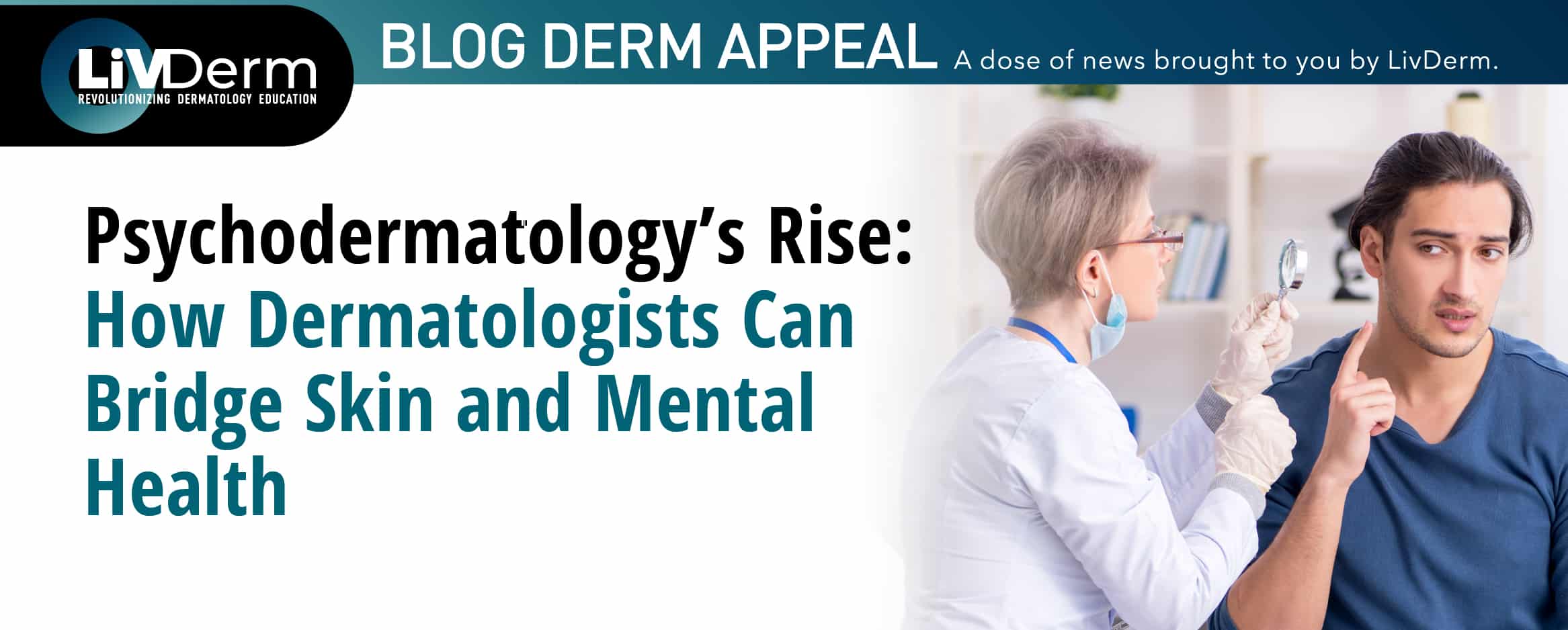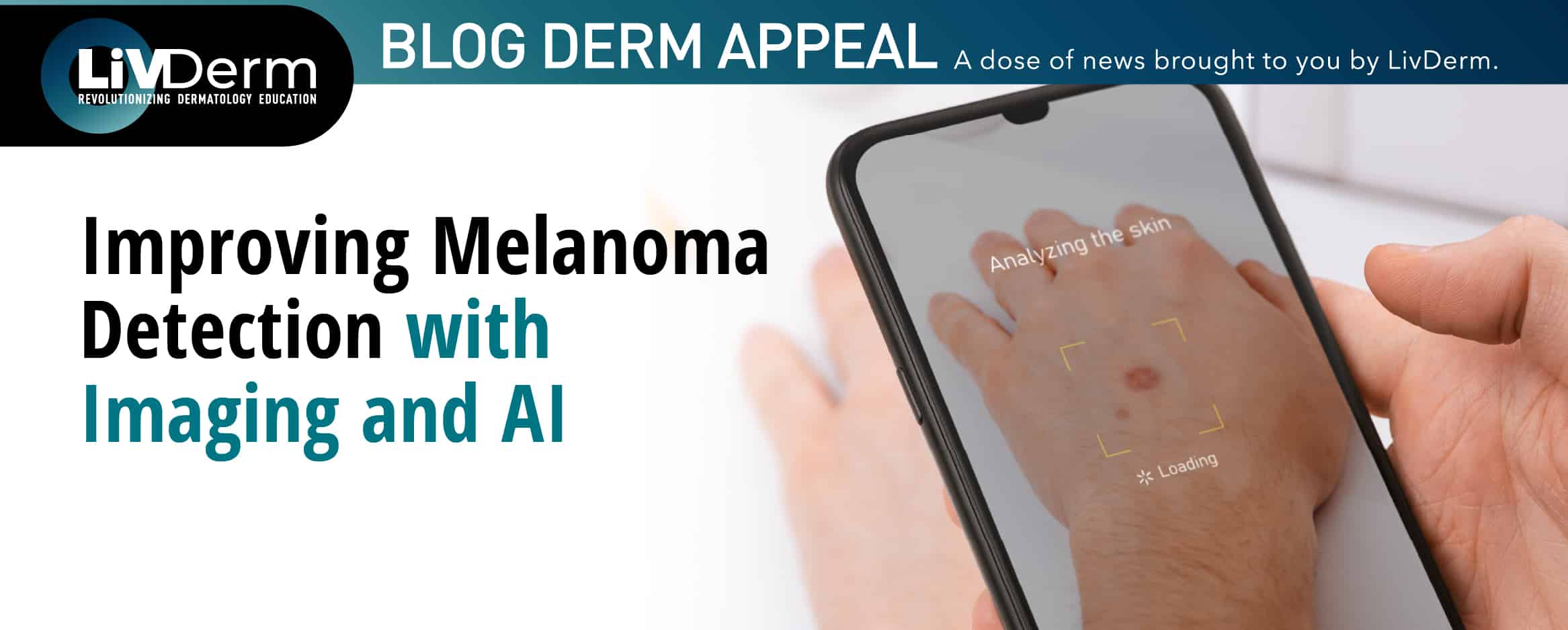Two phase 3 trials, LIBERTY-PN PRIME and PRIME2, evaluated the use of Dupixent (dupilumab) in the treatment of prurigo nodularis in adults. Results reveal that both the primary and secondary endpoints of the studies were met.

A total of 151 (PRIME) and 160 (PRIME2) patients were enrolled and they were randomly assigned to receive 300 mg of either dupilumab or placebo subcutaneously every 2 weeks for a period of 24 weeks. The two studies had the same primary endpoint but were set at two different time points. The primary endpoint was pruritus improvement, measured by the proportion of patients with a ≥4-point reduction in Worst Itch Numeric Rating Scale (WI-NRS) from baseline at week 24 (PRIME) or week 12 (PRIME2).
Results demonstrated a ≥4-point WI-NRS reduction at week 24 in the dupilumab-treated patients by 60.0%, compared to 18.4% for placebo in PRIME. At week 12, this was recorded at 37.2% for dupilumab and 22.0% for placebo in PRIME2.
Key secondary endpoints were also achieved. At week 24, more patients treated with dupilumab (48%) saw a reduction in skin lesions than those treated with placebo (18.4%) in PRIME and 44.9% compared to 15.9% in PRIME2. At week 12, this was measured at 32.0% for dupilumab-treated patients compared to 11.8% for placebo in PRIME and 25.6% compared to 12.2% in PRIME2.
Both trials reported that dupilumab was well tolerated and had an overall safety profile that was consistent with its known profile. Treatment-emergent serious adverse events were reported in five patients on dupilumab and six on placebo in PRIME and two in each group for PRIME2. There were two events of mesenteritis and sepsis experienced by one patient in the placebo group in PRIME, although none were considered related to the study intervention.
Two patients receiving placebo discontinued treatment due to a treatment-emergent adverse event in PRIME, as did one in PRIME2. No dupilumab-treated patients discontinued treatment. Other recorded side effects included conjunctivitis, which occurred equally in the dupilumab and placebo groups in PRIME, with this being more frequent in dupilumab in PRIME2. None, however, were serious or severe and did not lead to study drug discontinuation. Herpes viral infections were also recorded and more common with dupilumab in PRIME2. Additionally, skin infections occurred less in dupilumab-treated patients than in placebo-treated patients in both trials.
According to Gil Yosipovitch, MD, lead investigator in the trial and professor of dermatology at the University of Miami Miller School of Medicine, and director of the Miami Itch Center, “The publication of these phase 3 results in Nature Medicine provides a detailed look at the significant clinical benefit of targeting key and central drivers of type 2 inflammation with dupilumab for adults with prurigo nodularis.”
“The extreme itch makes this disease have one of the highest impacts on a patient’s quality of life among all inflammatory skin diseases and these data show that dupilumab can improve symptoms and health-related aspects of their lives that I see my patients struggle with every day.”
Dr. Yosipovitch
















